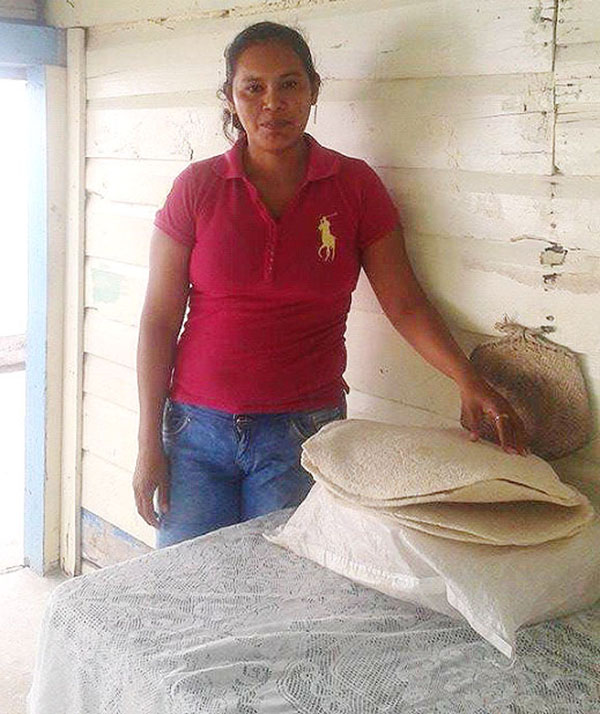A staple in indigenous communities in Guyana, the versatile cassava is a sturdy, starchy root vegetable, similar in appearance to that of a yam, that grows well in tropical climates with well-drained soils. Cassava has poisonous properties, yet people the world over have managed to domesticate it, developing techniques that serve to make it palatable.
Known scientifically as Manihot esculenta, Cassava is believed to have originated in the Neotropics, a biogeographic division which encompasses all areas from Mexico of Central America, the Caribbean and southern South America. Based on archeological evidence, a wild version of the plant was domesticated around 8,000 – 10,000 years ago in the Amazon Basin and then spread to surrounding tropical lowlands such as Guyana’s deep South Rupununi region.


